When it comes to checking tire tread, there are a number of methods that can help you know if it’s time to replace a tire. Heavily worn tread will prevent a tire from performing as designed and can lead to unsafe driving conditions. One of the simplest, most common ways to check tread depth requires nothing more than a penny and a few moments of your time.
In the United States, tire tread depth is measured in 32nds of an inch. New tires typically come with 10/32” or 11/32” tread depths, and some truck, SUV and winter tires may have deeper tread depths than other models. The U.S. Department of Transportation recommends replacing tires when they reach 2/32”, and many states legally require tires to be replaced at this depth.
The idea of the penny test is to check whether you’ve hit the 2/32” threshold. Here’s how it works:
Place a penny between the tread ribs on your tire. A “rib” refers to the raised portion of tread that spans the circumference of your tire. Tire tread is composed of several ribs.
Turn the penny so that Lincoln’s head points down into the tread.
See if the top of his head disappears between the ribs. If it does, your tread is still above 2/32” , If you can see his entire head, it may be time to replace the tire because your tread is no longer deep enough.
When performing the penny tire test, remember not only to check each tire, but to check various places around each tire. Pay special attention to areas that look the most worn. Even if parts of your tread are deeper than 2/32”, you should still replace the tire when any areas fail the penny test.
Consistent wear around the whole tire is normal, but uneven tread wear could be a sign of improper inflation, wheel misalignment, or a variety of other things. If you see uneven tread wear, you should have a technician inspect your vehicle.
A simple way to check your tire tread depth is by using a tread depth gauge. You can find tire tread depth gauges at your local auto parts store. There are many models available, but an inexpensive simple graduated probe gauge will work just fine. All you have to do is stick the probe into a groove in the tread and press the shoulders of the probe flat against the tread block and read the result. All gauges should measure in both 32nds of an inch and millimeters.
You can find tire tread depth gauges at your local auto parts store. There are many models available, but an inexpensive simple graduated probe gauge will work just fine. All you have to do is stick the probe into a groove in the tread and press the shoulders of the probe flat against the tread block and read the result. All gauges should measure in both 32nds of an inch and millimeters.
Another indicator of worn out tread already lives in your tires themselves. Every performance, light truck, or medium commercial tire comes equipped with indicator bars (or wear bars) embedded between the tread ribs at 2/32”. They’re there to help you monitor tread depth and make decisions about tire replacement. Just look to see if the tread is flush with the indicator bars. If they are, it’s time to replace the tire.
While the penny tire test does deliver on what it promises – indicating whether tread has reached the legal limit – it may not be the best indicator of whether your tires are safe for the road.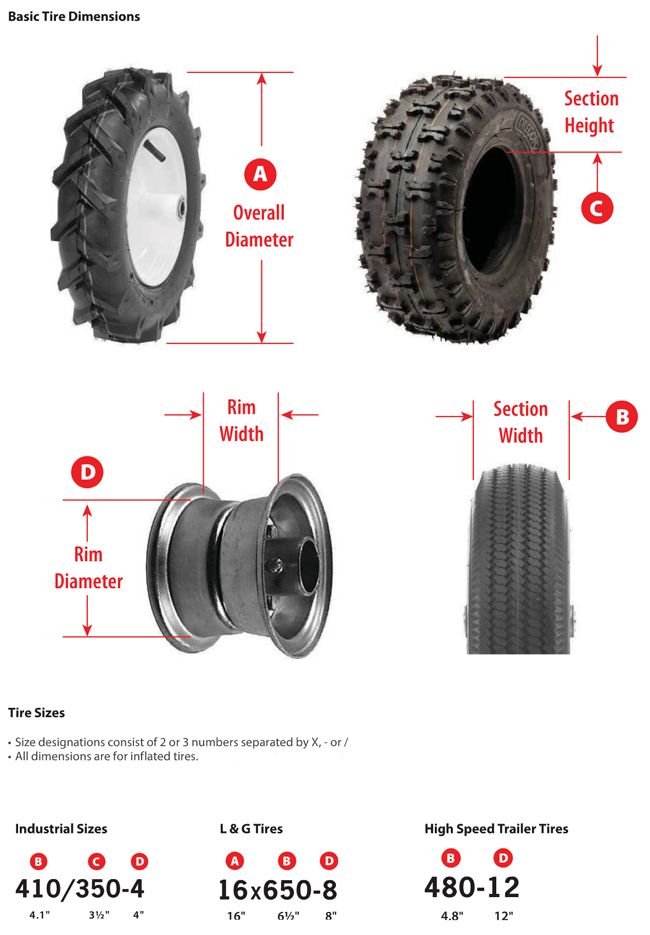 Tire performance can diminish significantly before your tread hits 2/32”. Even though the law deems fit for safe driving may not prevent you from hydroplaning or losing control in rainy, slushy conditions. If you think your tires may be close to needing replacement, have them checked out by a licensed mechanic.
Tire performance can diminish significantly before your tread hits 2/32”. Even though the law deems fit for safe driving may not prevent you from hydroplaning or losing control in rainy, slushy conditions. If you think your tires may be close to needing replacement, have them checked out by a licensed mechanic.
Calculate Out-The-Door Price
close
With this easy test, a penny can buy you peace of mind when it comes to your tires and safety.
Place a penny head first into several tread grooves across the tire. If you always see the top of Lincoln’s head, your treads are shallow and worn. If this is the case, your tires need to be replaced.
If part of Lincoln’s head is always covered by the tread, you have more than 2/32 of an inch of tread depth remaining. This means you probably don’t need new tires.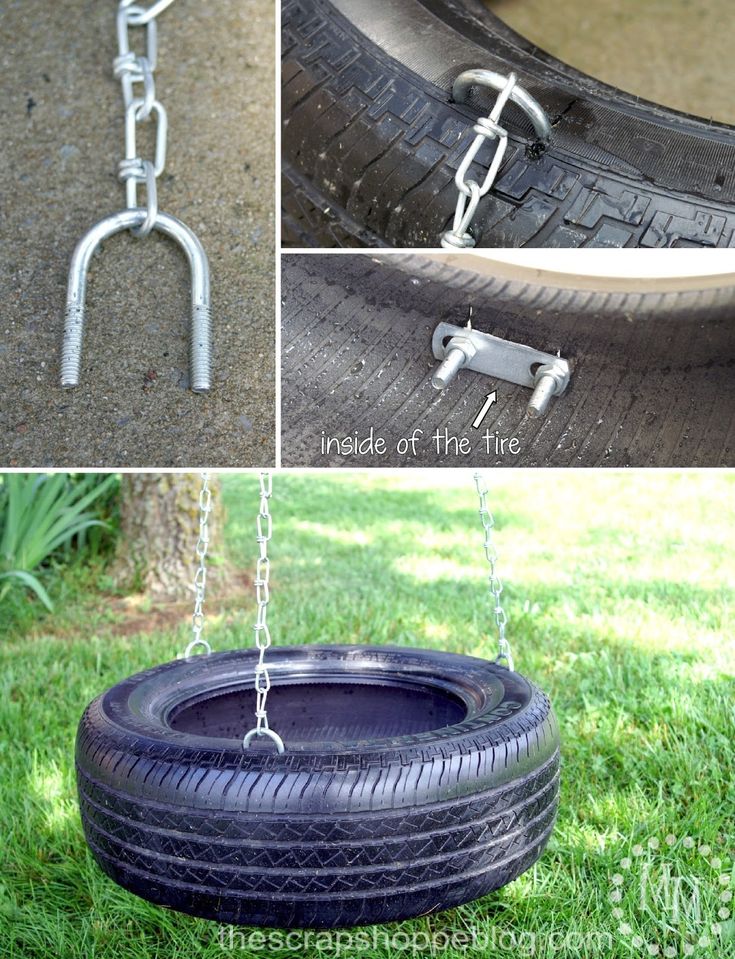
When your tire treads are worn, your car may respond poorly in adverse weather conditions like rain and snow. With good treads, your car will grip the road better. Also, having insufficient tread is considered illegal in many states. And finally, worn treads can make other parts of your car wear prematurely.
Potential Problem Areas:
When it’s time to change your tires, your Firestone Complete Auto Care dealer wants to make purchasing a new set as simple as possible. We have the best selection of quality tires to fit your vehicle, your budget and your driving style. From economy to ultra high performance tires - in the size you need from brands you trust, including our well-known Bridgestone and Firestone brands - you can find what you need right here.
We have the best selection of quality tires to fit your vehicle, your budget and your driving style. From economy to ultra high performance tires - in the size you need from brands you trust, including our well-known Bridgestone and Firestone brands - you can find what you need right here.
Make a selection from the following options:
Shop for Tires
Find a Store Near You
Schedule an Appointment
{{storeNumber}}
{{storeName}}
{{link-icon "Call Us" mobileCallLink null "call-cta"}} {{link-icon "Directions" directions "_blank" "directions-cta"}}
{{address}}
{{city}}, {{state}} {{zip}}
{{#if activeFlag}} {{#ifCond mystore "or" myPreferredStore}} {{#ifCond storeType 'eq' "TPL"}}
*Call store for appointment {{phone}}
{{else}} {{#if onlineAppointmentActiveFlag }}
{{#if myPreferredStore}}
{{else}}
*Call store for appointment {{phone}}
{{/if}} {{/ifCond}} {{else}} {{#ifCond storeType 'eq' "TPL"}}
*Call store for appointment {{phone}}
{{else}}
Schedule Appointment {{#if onlineAppointmentActiveFlag}} {{else}}
*Call store for appointment {{phone}}
{{/if}}
{{/ifCond}} {{/ifCond}} {{else}}
*Temporarily Closed Due To: {{temporarilyClosedReason}}
{{/if}} {{#if isMilitaryStore}}
*This location is on an active US military base. You may need military ID to access the location.
You may need military ID to access the location.
{{/if}}
Advanced search
Just like your feet hurt after a long walk, the tires on your car take a hit every time you drive. This is not a sign of bad driving - it is rather an inevitable fact of life. Rubber ages and wears out. And since tire damage while driving can be disastrous, you need to know when your tires are in very bad condition so you can get new ones before something goes wrong.
Of course, if you have a personal mechanic who periodically inspects your car, he will probably tell you if the tires are worn out, but there are a few obvious facts that will point you to the need for a visit to the local car service.
We have listed five warning signs that will tell you when it's time to buy tires.
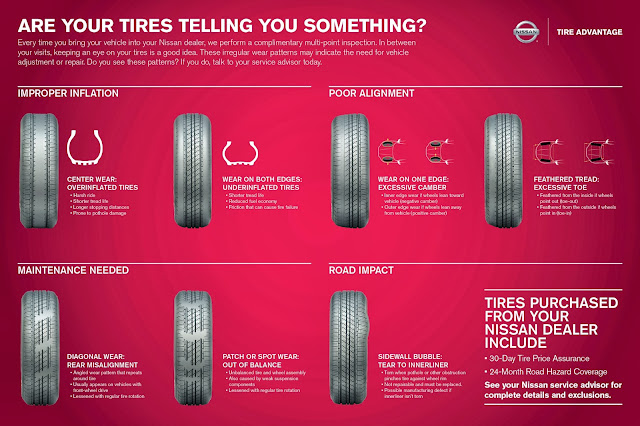 They are displayed as flat rubber. If more than one or two of these are visible on the tire, the tread becomes low. This should be especially evident on the wet paths that your tires leave after driving through a puddle. Use the "ruble test" above, but if lines start to appear on any or all of your tires, it's time for a tire change.
They are displayed as flat rubber. If more than one or two of these are visible on the tire, the tread becomes low. This should be especially evident on the wet paths that your tires leave after driving through a puddle. Use the "ruble test" above, but if lines start to appear on any or all of your tires, it's time for a tire change. 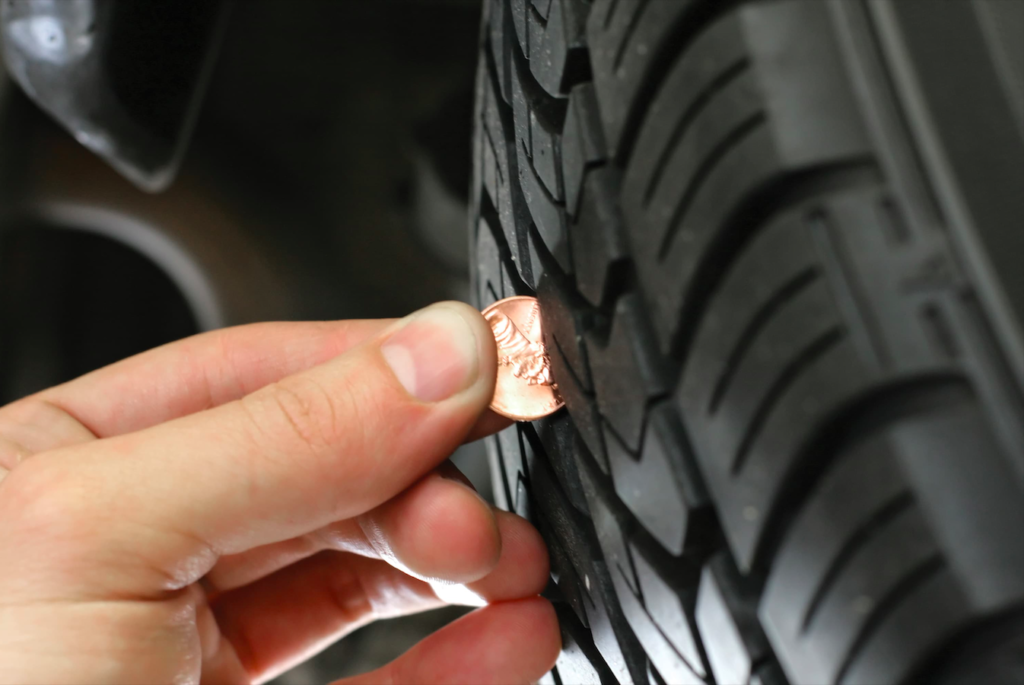
So, if most of these signs apply to you, then you can start choosing a new tire in our tire catalog.
Irina Zverkova
Estimated reading time: 4 minutes
137670
RIA Novosti
Tires are one of the most important components of a vehicle to ensure driving safety. Proper use of summer and winter tires during the season improves handling and saves the car owner money. But some drivers not only postpone changing tires depending on the weather, but also continue to use the same tires for several seasons. At the same time, wheel wear becomes more and more, and the threat that the tires will not cope with holding the car increases.
Proper use of summer and winter tires during the season improves handling and saves the car owner money. But some drivers not only postpone changing tires depending on the weather, but also continue to use the same tires for several seasons. At the same time, wheel wear becomes more and more, and the threat that the tires will not cope with holding the car increases.
The tire tread is responsible for connecting the car to the road. This is the outer layer of rubber, which contains a certain pattern, suitable for different operating conditions. For summer tires, the removal of water from the contact patch is relevant, for winter tires - improved grip on slippery surfaces, for off-road tires - maximum cross-country ability. Regardless of the purpose of the tire, one of the important characteristics of the tread is its height or depth. This is the distance from the outer edge of the tire to the "bottom" of the groove. For new modern car tires, the height starts from 5 mm. For ordinary summer passenger tires, this value is 6–8 mm, for winter tires it is 8–10 mm, for SUVs it is 15–20 mm.
When the tread wears out (reducing its depth), the driving properties first of all suffer: the car is more prone to aquaplaning. Winter tires lose some of their properties, which are provided by special sipes and studs. It is important to consider that different brands and models have different rubber composition, so some wheels “run” longer. The driving style also affects wear - more aggressive starts and active braking shorten the life of the tire.
9 is considered critical for tire wear0059 tread height of 1.6 mm for summer tires and 4 mm for winter .
Height can be measured using the ruler with the depth gauge or caliper.
Those who do not have such tools can use a regular 10-kopeck coin placed in one of the grooves. If the word "kopecks" is hidden, it means that the tire is almost new and does not require replacement. If the tread covers only the floral ornament on the winter tire, then it will soon need to be changed; if it’s in the summer, the replacement will have to wait.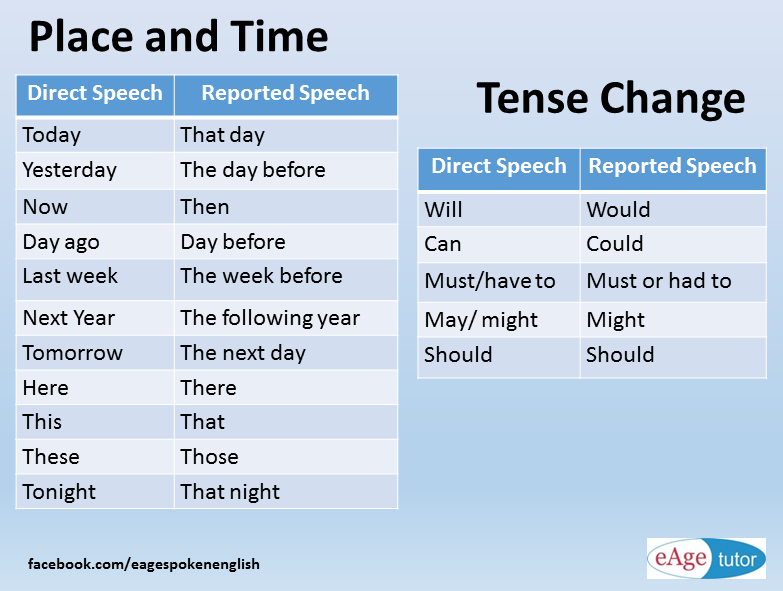 If only the rim of the coin is hidden, you need to urgently install new tires.
If only the rim of the coin is hidden, you need to urgently install new tires.
Many modern manufacturers make wear indicator on tires (this is a protrusion perpendicular to the axis of rotation of the tire) or lay a special colored layer that becomes visible when the tire is erased. Their manifestation serves as a signal for the car owner to change tires.
It is important to monitor not only the tread depth, but also the wear uniformity . To be sure that the wheel is in good condition, it is better to measure the tread depth at different places around the circumference along the entire width of the tire. If the inner or outer part is worn out more, then the wear of the tread is taken into account at a minimum value, and it is better for the owner to check the wheel alignment / collapse of the car.
If the vehicle has frequently been driven on bumpy roads, climbed curbs, or the tires have been run half-flat, the sidewalls may have dents, cuts or cracks . It is better to check their condition at the tire shop before the wheel is flat at the most inopportune moment. For example, it may not withstand the loads in a turn, burst and provoke an emergency. You should be especially careful about such damage on low-profile tires.
It is better to check their condition at the tire shop before the wheel is flat at the most inopportune moment. For example, it may not withstand the loads in a turn, burst and provoke an emergency. You should be especially careful about such damage on low-profile tires.
On average, tires last about 6 seasons , after which it is better to replace them. Improper storage and aggressive riding can shorten the lifespan. You also need to pay attention to the expiration date of the tire and the date of its production when buying, because polymers, unlike metal, can break down and lose their properties over time.
If it is not possible to update all four tires, then, as a last resort, you can put new rubber on the drive wheels. But needs to be changed exactly a pair of , otherwise the vehicle's handling may be severely impaired.
See also: When to change tires for summer →
Next article
